Product Consultation
Your email address will not be published. Required fields are marked *
Low-melt FDY (Fully Drawn Yarn) yarn exhibits a range of durability characteristics that can vary depending on its specific formulation, manufacturing processes, and intended applications.
Tensile Strength: Low-melt FDY yarn is generally designed to have good tensile strength, which allows it to withstand stress during processing and use. However, its strength may be lower than that of higher melting point yarns, as the properties of the polymer can change due to the lower melting point.
Resistance to Abrasion: The abrasion resistance of low-melt FDY yarn can be adequate for many applications, but it may not be as durable as other synthetic fibers designed for high-wear environments. This characteristic is essential to consider for applications involving friction or rough handling.
Temperature Resistance: Low-melt FDY yarn is specifically designed to melt at lower temperatures, which makes it suitable for applications that require bonding or heat-setting. However, its thermal stability can limit its use in high-temperature environments, where it may degrade or lose integrity if exposed to temperatures above its melting point.
Heat Activation: In some applications, the ability to melt and bond under heat can be advantageous, but this also means that the yarn may not perform well in sustained high-temperature situations.
Low-melt FDY yarn may exhibit varying degrees of resistance to chemicals, depending on the polymer used. It's essential to consider the specific environment in which the yarn will be used, as exposure to certain chemicals can lead to degradation.
For applications in harsh environments, testing for chemical compatibility is crucial to ensure the yarn will maintain its integrity.
The durability of low-melt FDY yarn can also be affected by factors such as UV exposure, moisture, and environmental conditions. Prolonged exposure to sunlight can weaken the yarn, while moisture can lead to mold or mildew if not properly managed.
The yarn’s performance in high-humidity environments should be evaluated, especially if it’s intended for outdoor or industrial applications.
Low-melt FDY yarn is often used in applications where its melting properties can be beneficial, such as in non-woven textiles, insulation materials, and composite fabrics. In these contexts, its durability is complemented by its ability to bond with other materials when heat is applied.
In fashion and apparel, low-melt FDY yarn can be suitable for softer fabrics or garments but may not be the best choice for items that require high durability, like workwear or heavy-duty outdoor gear.
The longevity of low-melt FDY yarn in finished products will depend on the specific use case. While it may perform well in short-term or specific applications, it may not be the best choice for items that need to endure significant wear and tear over time.
Regular maintenance and proper care can also influence the lifespan of products made from low-melt FDY yarn. Following manufacturer guidelines for washing, drying, and storing can help maximize durability.
Low-melt FDY yarn offers a balance of durability and specialized performance. Its suitability for various applications depends on understanding its properties and limitations. For applications requiring both durability and the ability to bond under heat, low-melt FDY yarn can be an excellent choice, but for high-wear applications, you may want to consider alternative materials that offer greater mechanical strength and resilience.
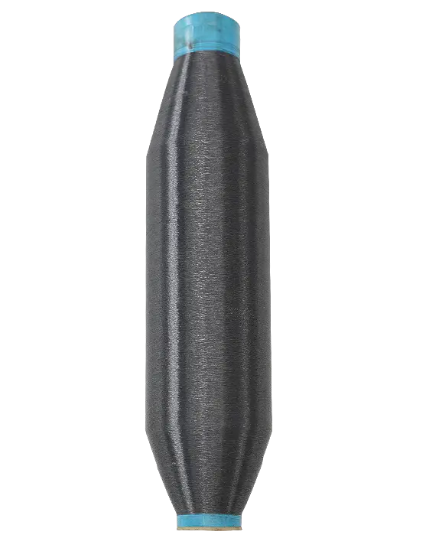
How does nylon multifilament yarn compare to other types of yarn in terms of strength, durability, and elasticity?
2024-10-28
How does the stretchability of nylon elastic yarn affect its use in fabrics and garments?
2024-11-11Your email address will not be published. Required fields are marked *
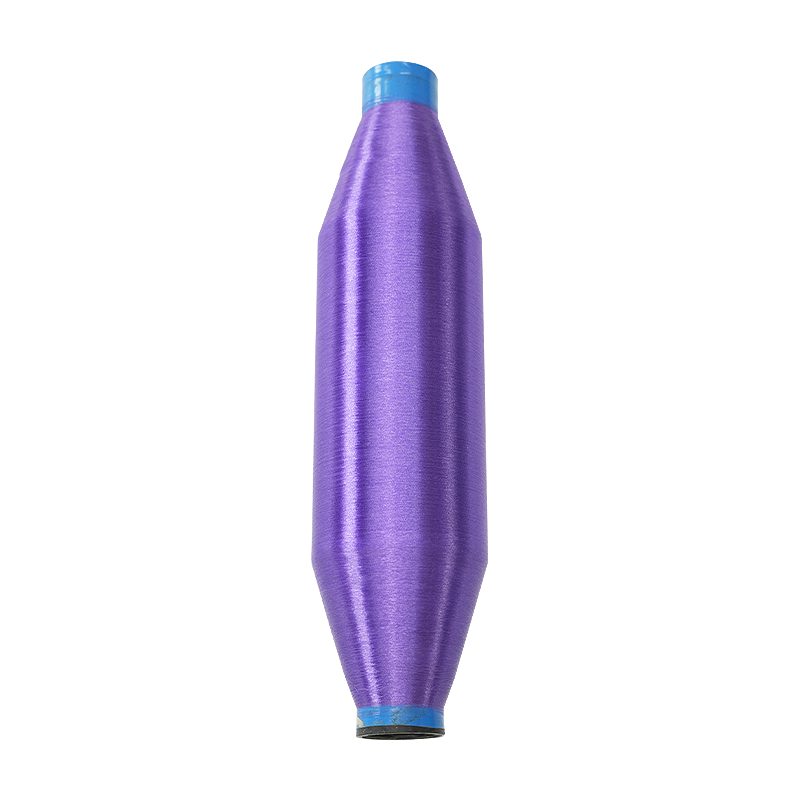
Single Strand Biodegradable Yarn is a single-strand structure, consisting of a single fiber bundle with no multiple strands tangled together. This structure makes the yarn softer, and smoother and exh...
See Details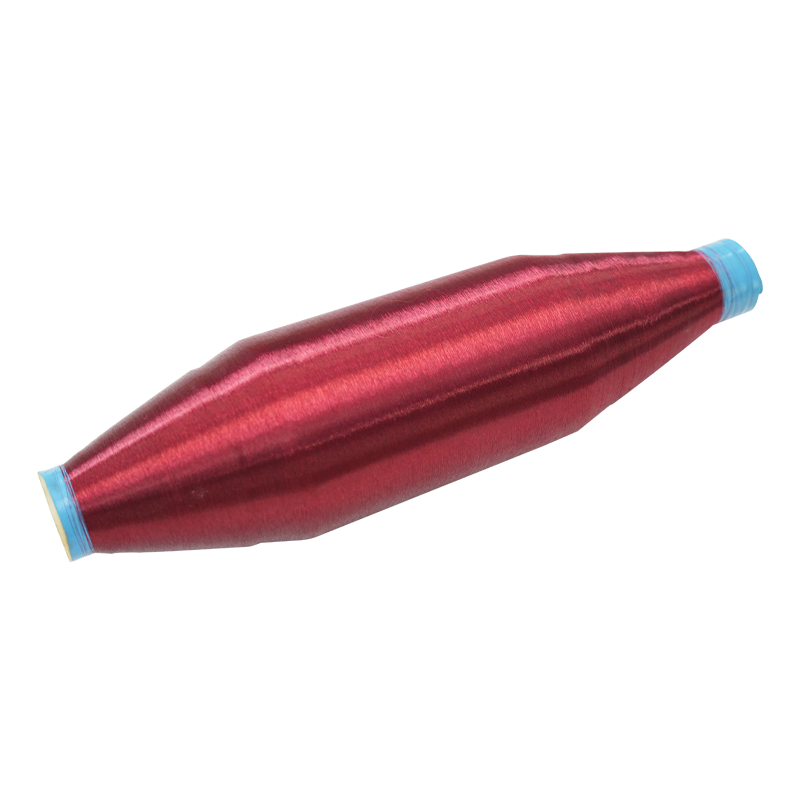
Antiviral nylon Monofilament Yarn can inhibit the survival of viruses on the surface of the yarn, which can effectively reduce the risk of virus transmission and improve user safety. The yarn has a mo...
See Details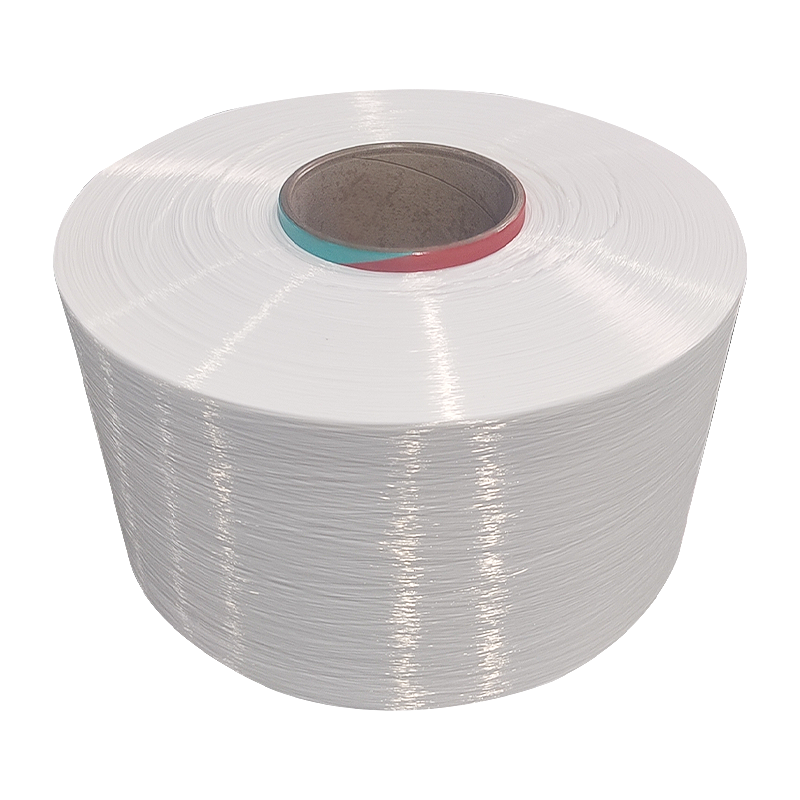
Colored Nylon Mother Yarn can be processed through spinning, drawing, dyeing and other processes to meet the needs of different textiles. It has good processing adaptability and can be made into vario...
See Details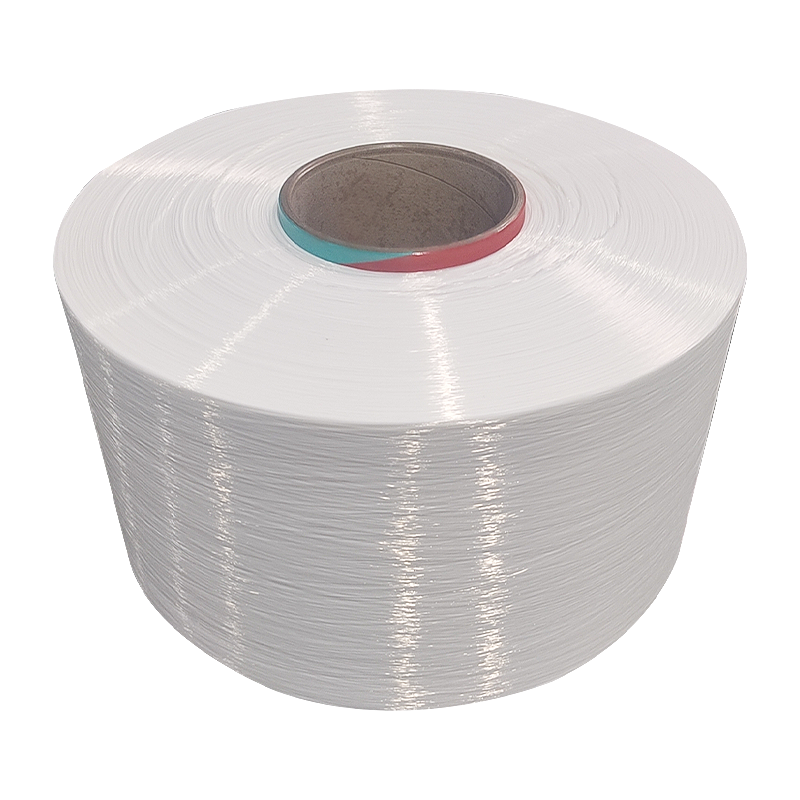
300D Nylon Mother Yarn is made of nylon material, a synthetic fiber with abrasion resistance, strength and durability. It is therefore suitable for manufacturing various types of textiles, such as clo...
See Details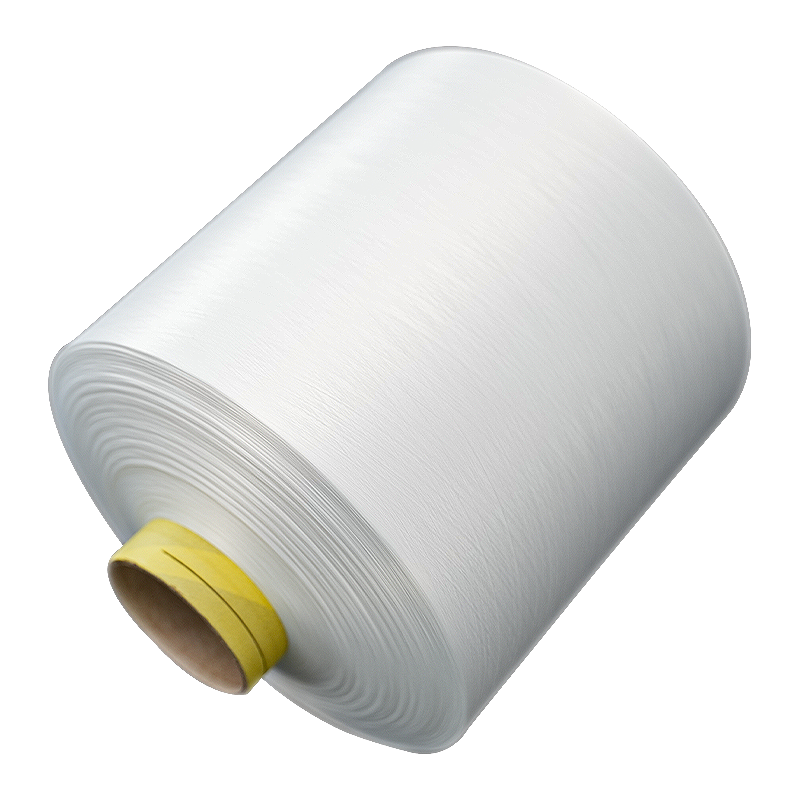
Nylon elastic yarn for textile use has a wide range of applications. Nylon elastic yarn is suitable for the manufacture of various textiles, such as underwear, socks, sportswear, swimwear, elastic fab...
See Details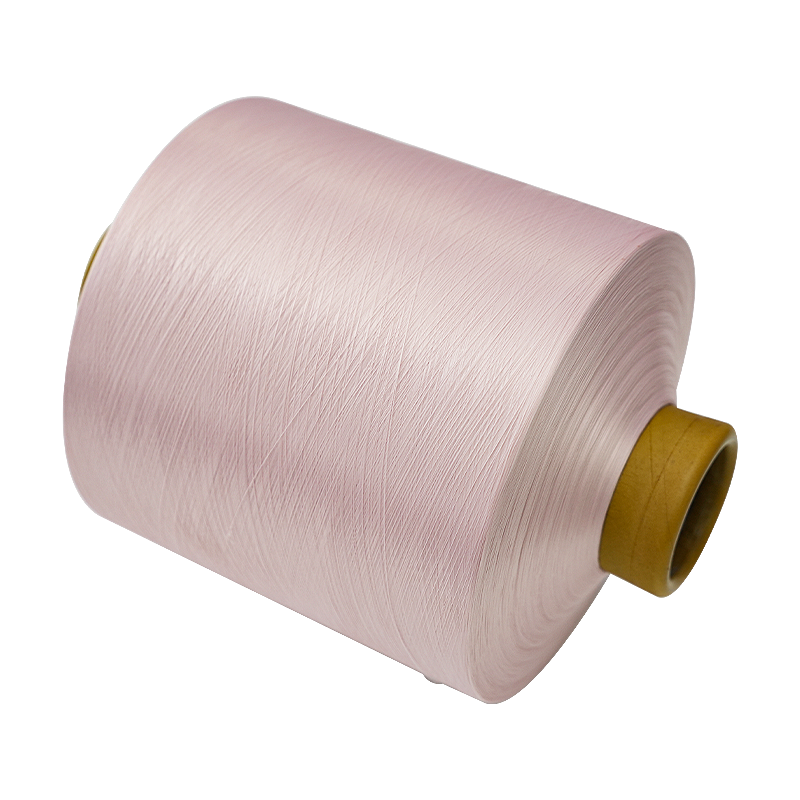
Fabrics made using Nylon elastic yarn for Weaving are lightweight, soft, comfortable and breathable, making them suitable for long-term wear. Made of high-quality nylon material with wear resistance, ...
See Details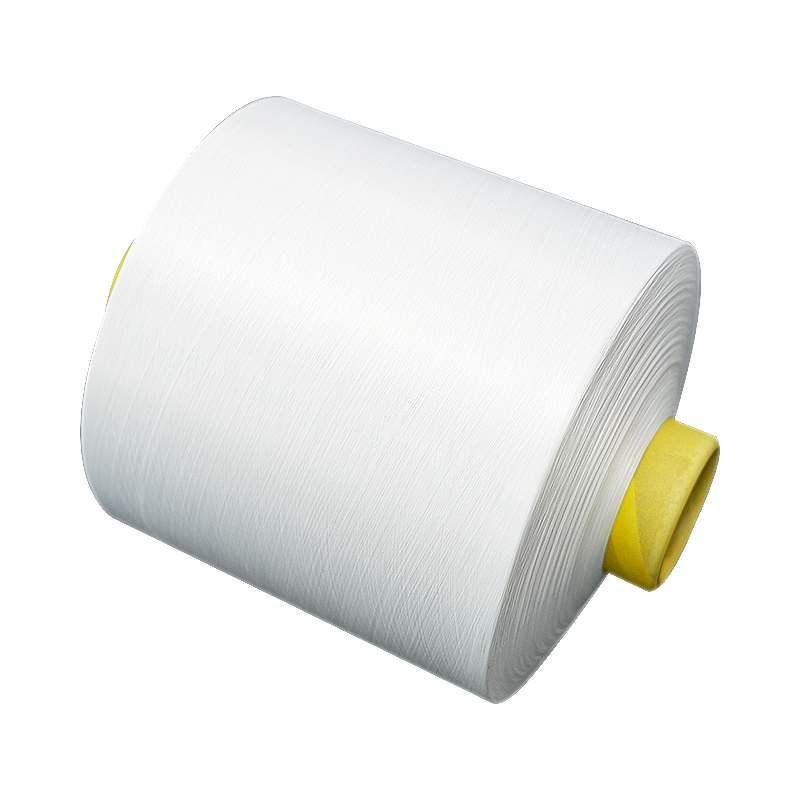
100D Nylon Elastic Yarn has a moderate thickness and good dyeing properties, which can achieve uniform and durable dyeing effects, making textiles bright and long-lasting in color. A yarn frequently u...
See Details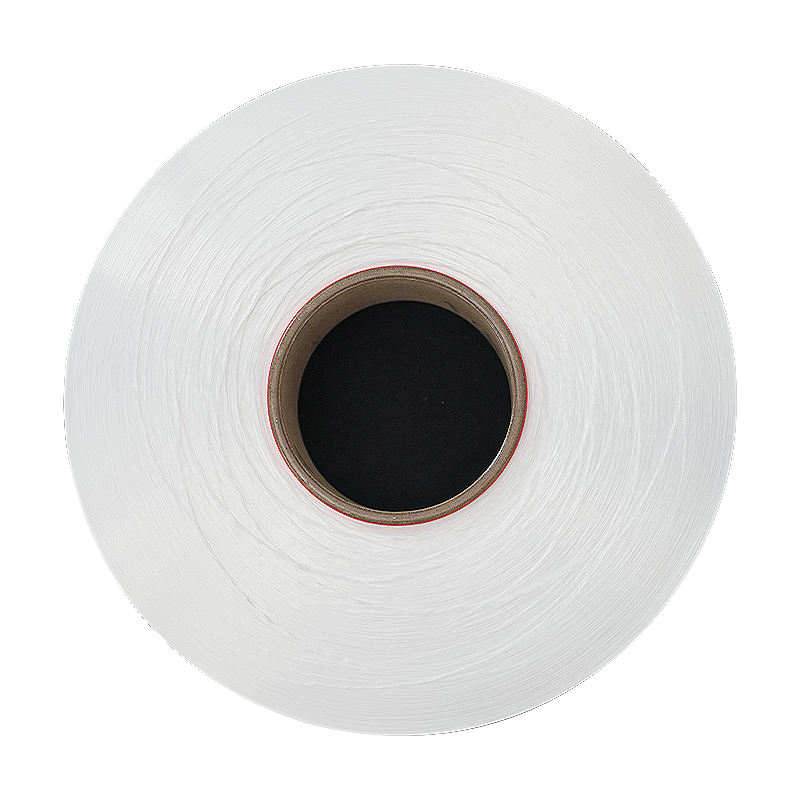
Fully stretched polyester blended yarn is made of a blend of polyester and nylon. Polyester itself has good wear resistance. After full stretch processing, the strength and softness of the yarn increa...
See Details
140D Durable low-melt FDY yarn is suitable for the manufacture of various textiles, especially for the preparation of composite fabrics, such as polyester-cotton blended fabrics or elastic fabrics. Th...
See Details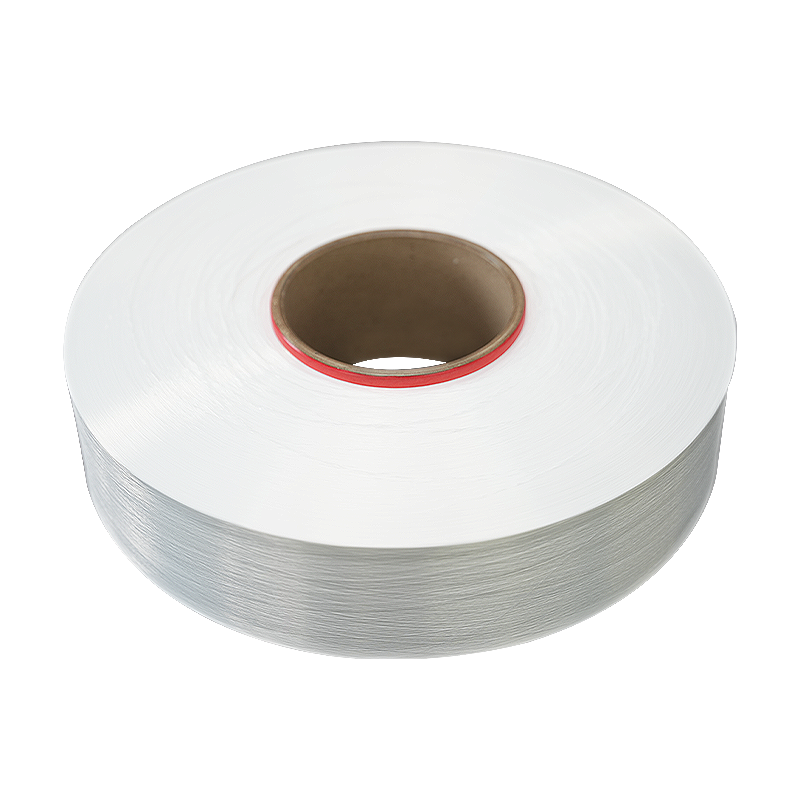
210D Permanent Cooling FDY Yarn is suitable for the manufacture of various textiles, such as sportswear, outdoor equipment, household items, etc. Textiles made of this material often have good breatha...
See Details
High shrinkage blended polyester yarn has a high shrinkage rate and is suitable for textile manufacturing that requires shrinkage treatment, such as making pleated fabrics or textile shaping. Because ...
See Details
Composite woven FDY yarn mixes different types of fibers and has good wear resistance. The fabric made is not easy to wear and is suitable for long-term use. Composite woven FDY yarn has a wide range ...
See DetailsAddress: Duntou industrial park, haian county, nantong city,jiangsu province ,China.
TEL: +86 15850491859
E-mail: sales-betty@hsnylon.com
If You Are Interested In Our Products, Please Consult Us